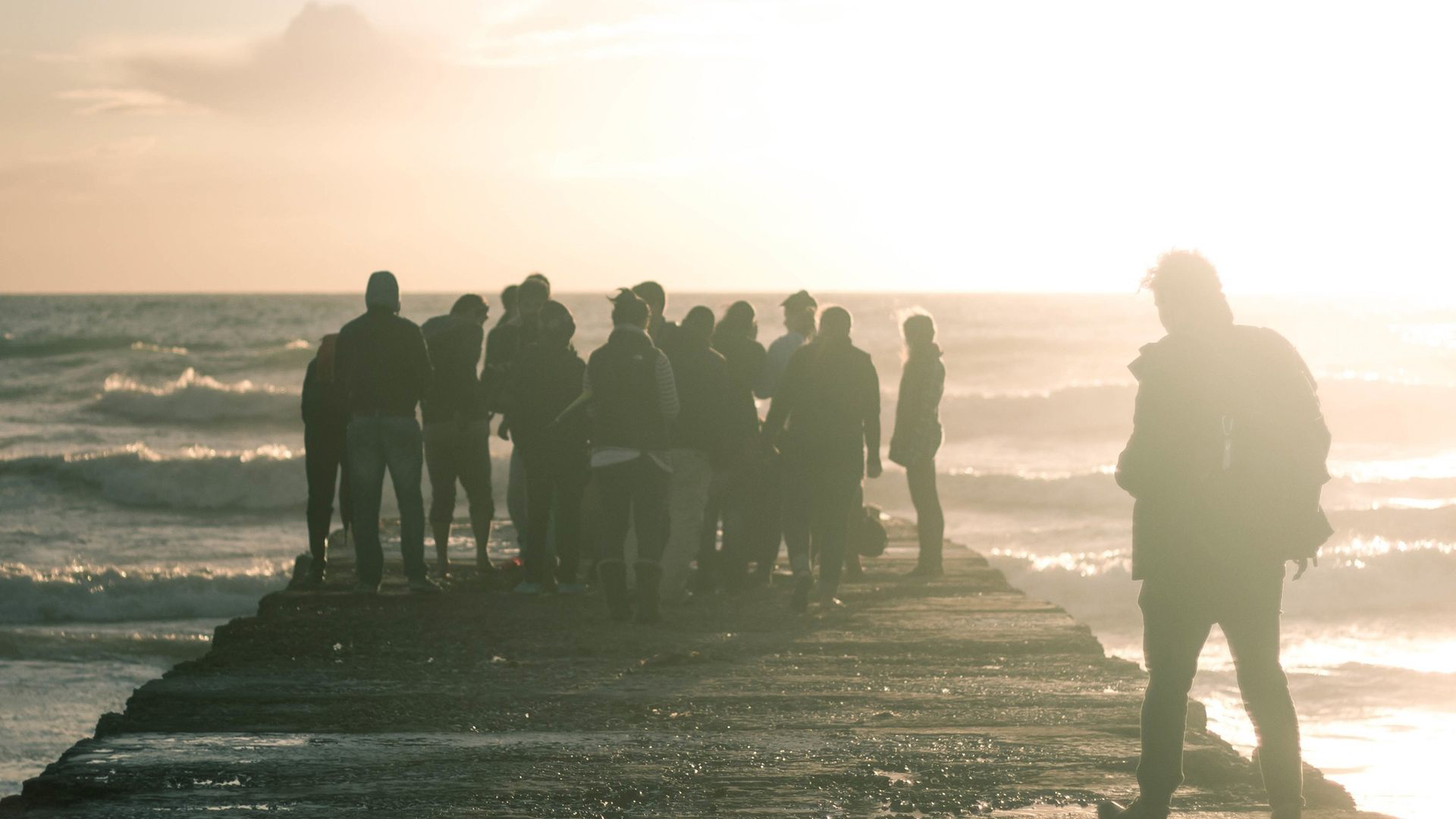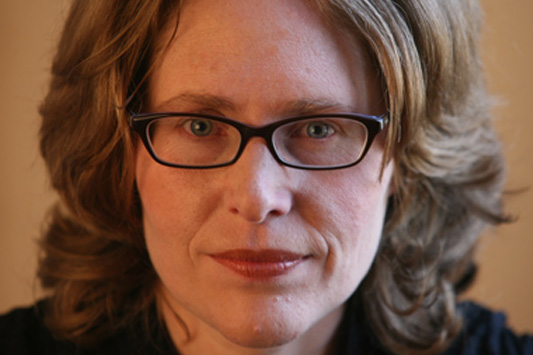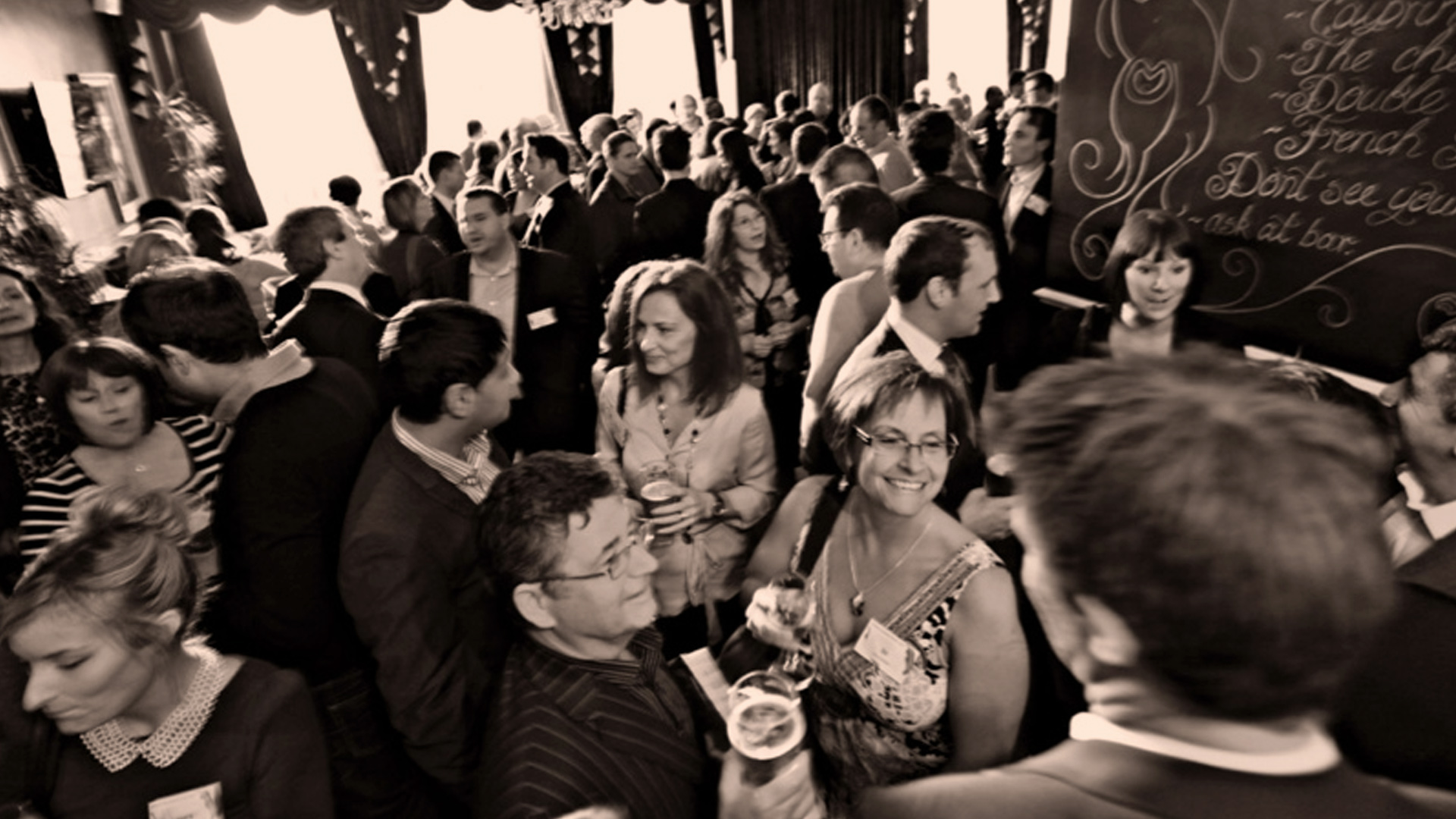
How an Introvert Learned to Connect: an Introduction
By Emily White
Three years ago, I’d created what I considered to be the perfect introvert life. I was living in St. John’s, a town on the eastern shore of the remote island province of Newfoundland. The place was amazingly quiet: sometimes all I heard was fog horns, ship bells, and wind. In my spare time, I hiked along sunny oceanside cliffs, explored abandoned railway tracks, or just sat with my cat in the yard, watching the river that ran behind the house.
My partner was an introverted scientist. Our friends occasionally threw parties, but mostly we just gathered in intimate groups in living rooms or half-empty cafes. Since I was so much in my sweet spot—happy but not overstimulated—I found I had the energy to connect with my community in all sorts of ways: I walked abandoned hunting dogs at an animal shelter, joined a writers’ alliance, and signed up as a river monitor (a role that let me sit beside the riverbank, chatting idly with a fellow volunteer and snapping photos of the ducks the dogs were meant to hunt).
By 2011, I was 41, and I felt like I had more connection—and a richer sense of connection—than ever before. I had my spouse, my friends, the place I loved, and the people I was getting to know through volunteering. And since these connections were generally low-key, I didn’t feel maxed out. In fact, I felt like I had more energy for social interactions than ever.
Then everything changed.
In the middle of 2011, my partner announced she was leaving me. This meant that I had to leave her. Danielle was my main tie to the island. Staying on without her would leave me unmoored. It would also see me running into members of her gigantic family wherever I went.
“You need to come back, now,” my oldest sister advised over the phone from Toronto. “Do you need plane fare? I’ll send you the plane fare.”
I didn’t need plane fare. My life in Newfoundland came apart with surprising ease. I sold my share of the house, organized the furniture, and said dazed good-byes to my friends.
Within weeks, my cat and I were back in Toronto, the city where I’d grown up and lived most of my life. I was instantly overwhelmed. With a population of five million, Toronto doesn’t cut it as an introvert’s paradise. Everywhere I looked, I saw trucks, cars, and construction crews. The streets and sidewalks were packed. Even the parks seemed to run 24 hours a day.
My friends and family were stalwarts after my separation. My middle sister spent five hours with me at IKEA; my oldest sister helped me haul boxes up my apartment staircase in near-tropical heat; and my best friend held my hand when I started crying in a crowded Starbucks. I knew I was lucky to have such support, and I was grateful for my close ties.
But it felt as though close ties were all I had. I started to wonder where the other half of my life had gone. In Newfoundland, I felt like there was a current running between me and the places I loved—the cliffs, the riverbank, the old railroad track. Being in these places was like being with a friend.
In Toronto, there were places I liked, but none that I felt particularly tied to. I also didn’t know my neighbors; I wasn’t a member of a congregation; and I wasn’t part of any groups where I could just hang out and perform simple but satisfying tasks like filling water bowls for puppies.
I’d loved the way these broader ties had made me feel. They’d given me a sense of community, making the world seem bigger and more interesting. The prospect of returning to a life where I wasn’t part of things left me feeling marginalized. I mattered to my closest friends and family members—but not to anyone else.
So I decided to recreate, on my own and in a big city, the sense of connection I’d found in my small island community. I didn’t want an extroverted form of sociability. I was not going to join a basketball league and make small talk in the changing room, and I was not going to start accepting invitations to Halloween parties. (Having to hold a drink while dressed as Raggedy Ann has always struck me as a unique form of punishment.) But I knew—I hoped—there were quieter ways of connecting to place, to community, and to people who weren’t my best friends.
Experts stress that we need this bigger, more “public” life. The Harvard University political scientist Robert Putnam says that creating more connection—through volunteering, neighborhood groups, or pulling up a chair at a local Amnesty meeting—is the happiness equivalent of more than doubling our income. This is as true for introverts as it is for extroverts, even if introverts might need to find connection in less socially demanding ways. The notion of connection boosting happiness is especially true if, like more than 30 million Americans, we live alone and can’t count on easy companionship within our homes.
I threw myself into what I called my “connection challenge.” The journey led me to some surprising places: an animal sanctuary, a secret mass, and a protest group I thought I’d never be brave enough to join. I wrote about my adventures in a book called Count Me In published in early 2015, in which I talk about the many ways we can connect with each other today and how great it feels when we do.
Creating and maintaining connections has become increasingly important in our “going solo” world. If you identify with my experiences and are looking for ways to create more connection in your own life, stay tuned. I’ll be posting regularly about what worked for me as an introvert—and what didn’t. I’ll also talk about how to handle changes in groups you’ve come to rely on, how to respond to what might seem like zero free time, and how to stay rooted in an area that might be changing.
Let’s get the conversation started: How do you find connection in your community?









